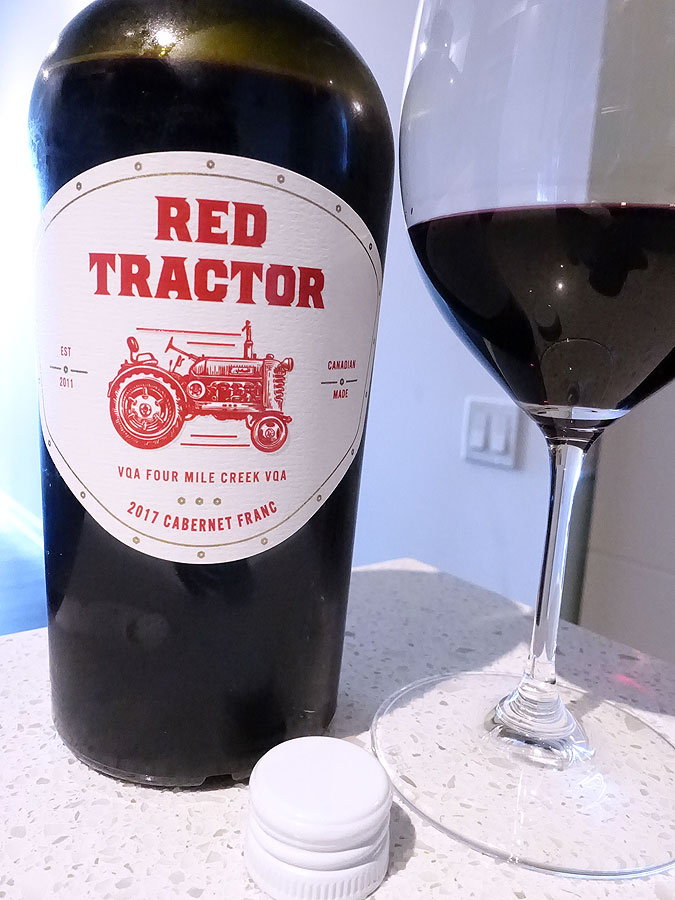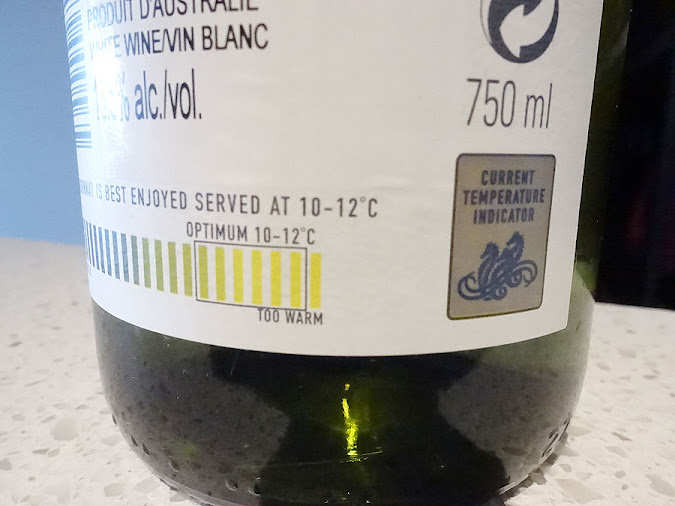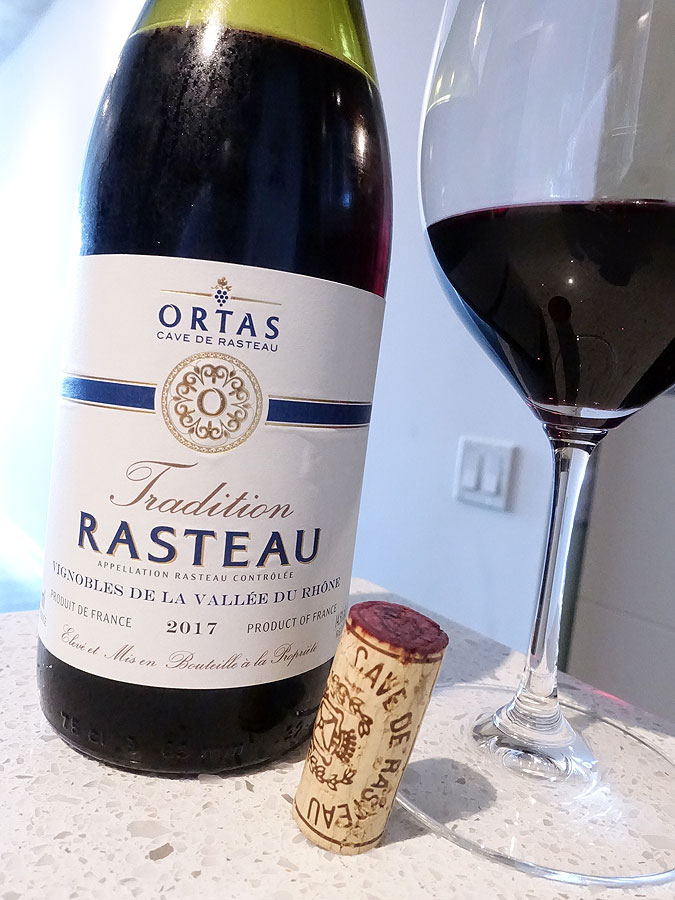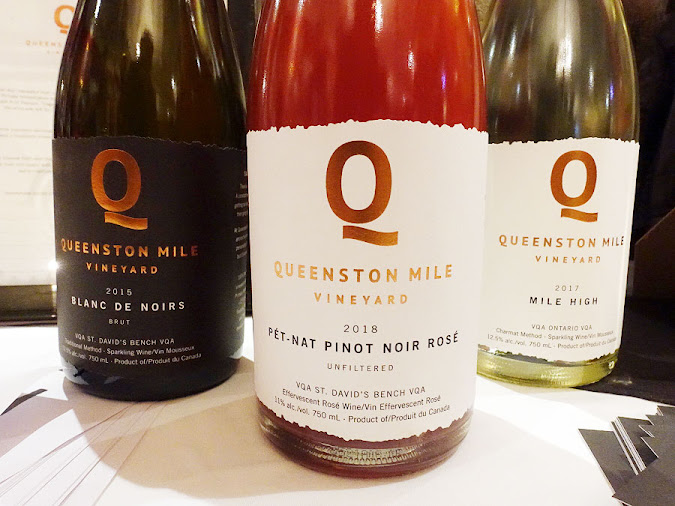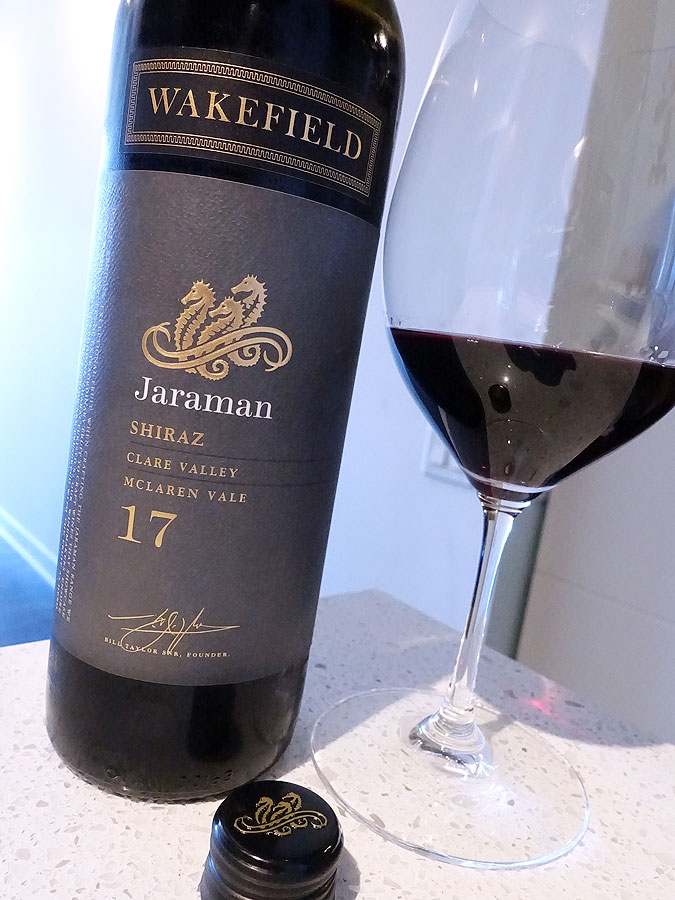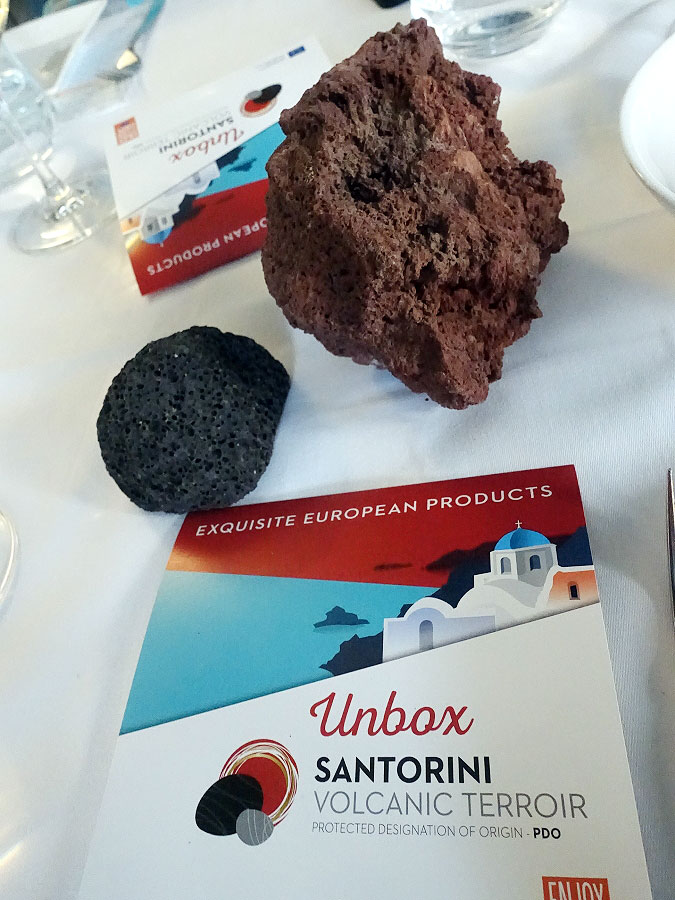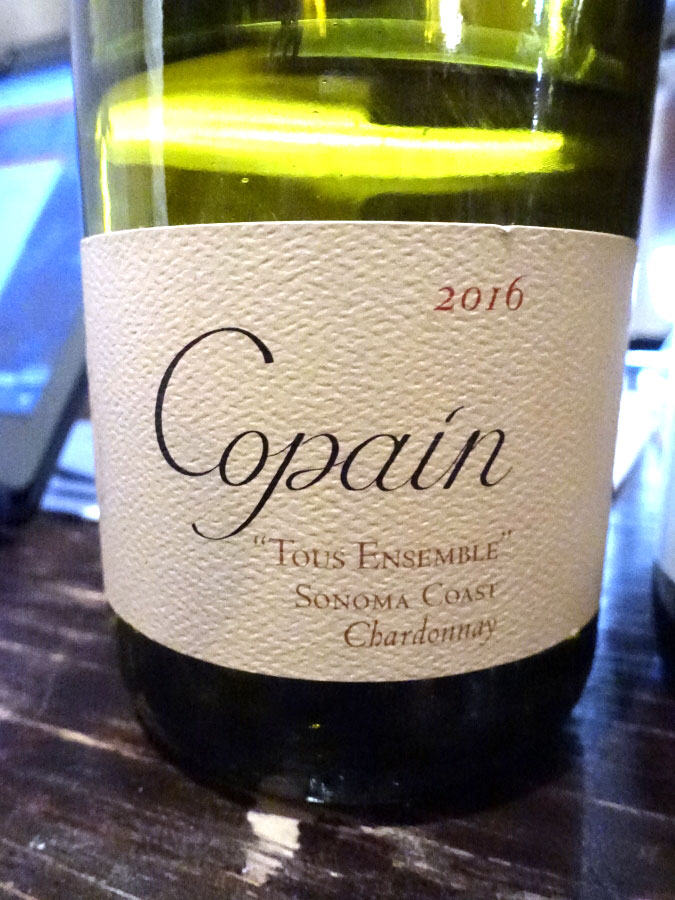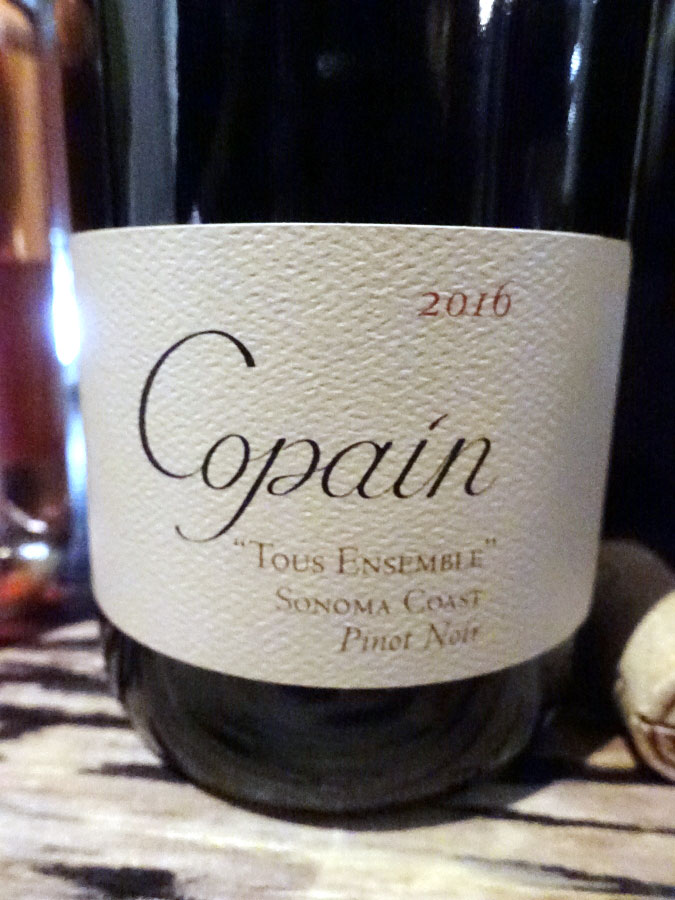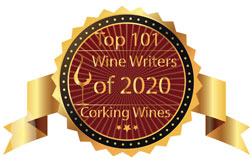On this cold, wintry , I bring you some sunshine in a glass with a wine review of this Australian Chardonnay that arrived at the LCBO last month as part of the LCBO VINTAGES Release.
The story of Elderton Wines begins 1894, when a vineyard was planted by the Scholz family on the banks of North Para River in the Barossa Valley, South Australia. In 1916, the property was purchased by Tolley family. The homestead is located in the heart of the township of Nuriootpa and was surrounded by extremely old Shiraz and Cabernet Sauvignon vines. At a time where demand for Australian table wine was negligible, the vineyard had become derelict.
In 1979, Neil and Lorraine Ashmead moved to the Barossa after spending some years in Saudi Arabia. After years of no interest in the homestead, the Ashmead family purchased the property in 1980, which included a 72-acre vineyard as a bonus as part of the sale. Three years later, after restoring the vineyard and with the help of one of Australia's most respected and innovative winemakers, Peter Lehmann, the Ashmead family produced their first wine under Elderton Wines label.
Since that time, Elderton has garnered many accolades. Today, the winery continues to be run by the Ashmead family, with the second generation, Cameron and Allister, taking over the reins in 2003. Neil passed away in 1997, but Lorraine still continues to be involved through her role on the Board. Together, they intend on taking the company to the next level by purchasing other great vineyards, while also implementing sustainable practices so that the next generation of the Ashmead family will have a lot to work with when they are at the helm.
The E Series wines from Elderton are their entry-level wines that are designed to be affordable, everyday drinking wines made with exceptional quality. The E series stands for excellence, excitement, evolution, epicure, elegance and euphoria. E is for earth. E is for Elderton. Embrace and enjoy!
Screw cap. The medium intensity nose is ripe with melon, peach, and golden apple aromas, plus touches of pear, floral, and butter characters. It is medium-full bodied and dry with clean, refreshing acids and fleshy fruit that delivers golden apple, melon, and citrus flavours. Oak is very subtle, adding mostly a textural element. Leesy, apple, and citrus notes linger on the finish, with good length. Will be a fine match with poultry. Score: 87 pts
The story of Elderton Wines begins 1894, when a vineyard was planted by the Scholz family on the banks of North Para River in the Barossa Valley, South Australia. In 1916, the property was purchased by Tolley family. The homestead is located in the heart of the township of Nuriootpa and was surrounded by extremely old Shiraz and Cabernet Sauvignon vines. At a time where demand for Australian table wine was negligible, the vineyard had become derelict.
In 1979, Neil and Lorraine Ashmead moved to the Barossa after spending some years in Saudi Arabia. After years of no interest in the homestead, the Ashmead family purchased the property in 1980, which included a 72-acre vineyard as a bonus as part of the sale. Three years later, after restoring the vineyard and with the help of one of Australia's most respected and innovative winemakers, Peter Lehmann, the Ashmead family produced their first wine under Elderton Wines label.
Since that time, Elderton has garnered many accolades. Today, the winery continues to be run by the Ashmead family, with the second generation, Cameron and Allister, taking over the reins in 2003. Neil passed away in 1997, but Lorraine still continues to be involved through her role on the Board. Together, they intend on taking the company to the next level by purchasing other great vineyards, while also implementing sustainable practices so that the next generation of the Ashmead family will have a lot to work with when they are at the helm.
The E Series wines from Elderton are their entry-level wines that are designed to be affordable, everyday drinking wines made with exceptional quality. The E series stands for excellence, excitement, evolution, epicure, elegance and euphoria. E is for earth. E is for Elderton. Embrace and enjoy!
Tasting Note:
ELDERTON E SERIES CHARDONNAY 2017 - Barossa, South Australia (#458760) (XD) - $16.95Screw cap. The medium intensity nose is ripe with melon, peach, and golden apple aromas, plus touches of pear, floral, and butter characters. It is medium-full bodied and dry with clean, refreshing acids and fleshy fruit that delivers golden apple, melon, and citrus flavours. Oak is very subtle, adding mostly a textural element. Leesy, apple, and citrus notes linger on the finish, with good length. Will be a fine match with poultry. Score: 87 pts






